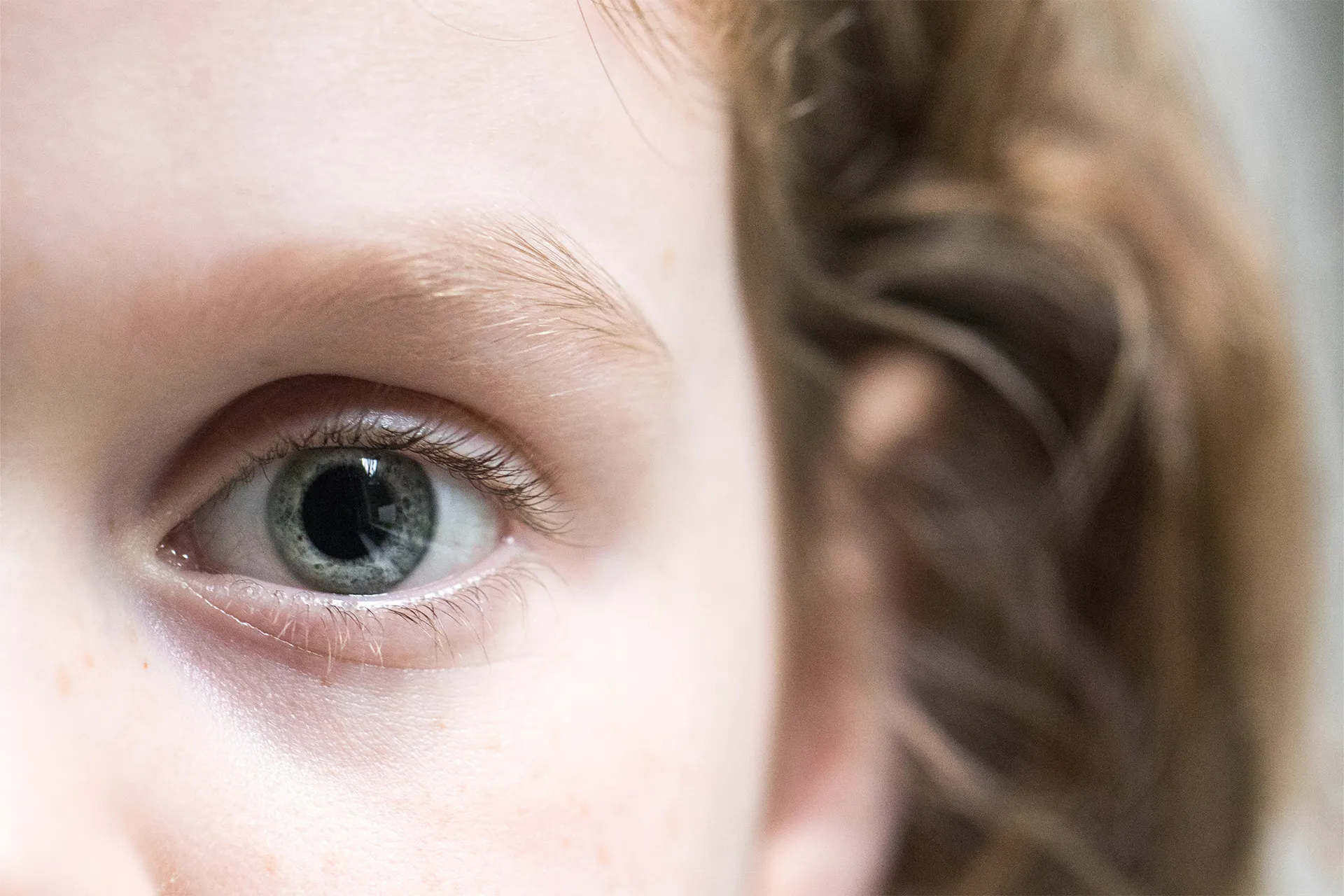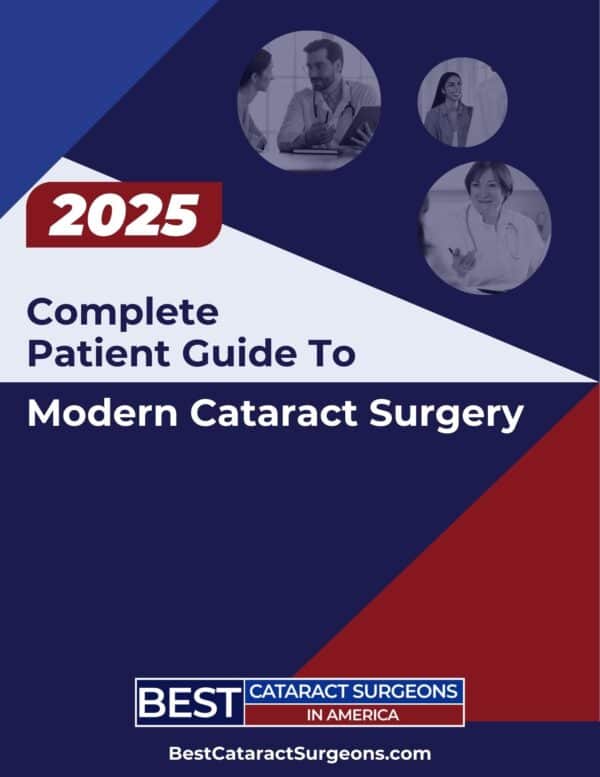Introduction
As parents, ensuring your child’s vision develops properly is a top priority. After all, the world unfolds for them through sight, shaping their learning, play, and overall development. But, what happens when a condition like congenital cataracts clouds this vital sense? This article explores what congenital cataracts are, the causes and symptoms of them, and how they are diagnosed and treated in little-ones, so you don’t have to wonder what the future holds for your child’s vision.
What Are Congenital Cataracts?
Your child’s lenses are typically clear at birth, allowing for light to pass through for sharp, clear vision. In cases of congenital cataracts, children are born with one or both lenses, clouded. This cloudiness can vary in size and density, and for some children, this will cause minimal vision problems, but for others it can significantly impact your child’s ability to see the world around them. The degree of impairment depends on the severity of the congenital cataract, but with early detection and treatment, children with congenital cataracts can have proper visual development.
5 Types of Congenital Cataracts
Congenital cataracts are categorized based on their location within the lens:
1. Anterior Polar Cataracts are well-defined by their cloudiness at the front of the lens, and are often associated with inherited traits. They’re small, and in many cases don’t require surgery.
2. Posterior Subcapsular Cataracts are similar to their anterior counterparts, but reside at the back of the lens capsule.
3. Nuclear Cataracts occur in the central zone of the lens, can cause significant vision impairment, and are a very common type of congenital cataract.
4. Cerulean Cataracts are often found in both eyes of infants, and are characterized by small, bluish dots within the lens. Typically, they don’t cause vision problems and are thought to be linked to genetics.
5. Cortical Cataracts manifest as spoke-like clouding and are not well-defined like other congenital cataracts. These opaque regions radiate outward from the center of the lens, affecting the outer layer and potentially causing vision problems.
What Are The Causes Behind Congenital Cataracts?
The development of congenital cataracts can be attributed to a variety of factors, but are broadly classified into two groupings, either from genetic factors or from intrauterine factors.
- Genetic factors could be inherited gene mutations, certain chromosomal disorders like Down Syndrome, or even metabolic disorders like galactosemia.
- Intrauterine factors could be infections during pregnancy such as rubella or cytomegalovirus, material conditions like diabetes, or the use of certain medications.
What Are The Symptoms of Congenital Cataracts
Since infants cannot communicate vision problems verbally, look for the following symptoms of congenital cataracts:
- A pupil that is normally black, may appear white or cloudy due to the cataract.
- An infant with congenital cataracts may not make good eye contact or seem unresponsive to visual stimuli.
- They may have unusual rapid eye movements (nystagmus) or wandering eyes.
- A child with congenital cataracts may be more sensitive to bright lights.
- They may have delayed visual development, and take longer to track movement or objects.
Schedule an appointment with your pediatrician if any of these symptoms are present. A preliminary examination can be done, and a referral given to a pediatric ophthalmologist – a specialist trained in diagnosing and treating children’s eye conditions.
Can Congenital Cataracts Be Prevented?
While congenital cataracts can sometimes develop, prioritizing good prenatal care and minimizing exposure to infections during pregnancy can help create the healthiest environment for your baby’s eyes. Additionally, genetic counseling and screening can be a valuable resource for families with a history of cataracts or related conditions, allowing them to make informed decisions about their child’s future health.
How Are Congenital Cataracts Diagnosed & Treated?
Diagnosing congenital cataracts requires a comprehensive eye examination, which includes visual acuity testing, pupil evaluation, and imaging studies. If congenital cataracts are confirmed, cataract surgery is often the recommended course of treatment. Following surgery, an artificial intraocular lens (IOL) may be implanted to replace the cloudy lens. Additional therapies like patching or vision therapy may be needed to optimize vision development.
Summary
While congenital cataracts can be challenging for parents to navigate, with early diagnosis and proper treatment by a qualified pediatric cataract surgeon, children can achieve good vision and enjoy a world of visual wonders. If you suspect congenital cataracts, use our “Find A Surgeon” page to locate a cataract surgeon who can provide the expert care your child needs in their journey towards healthy vision.











